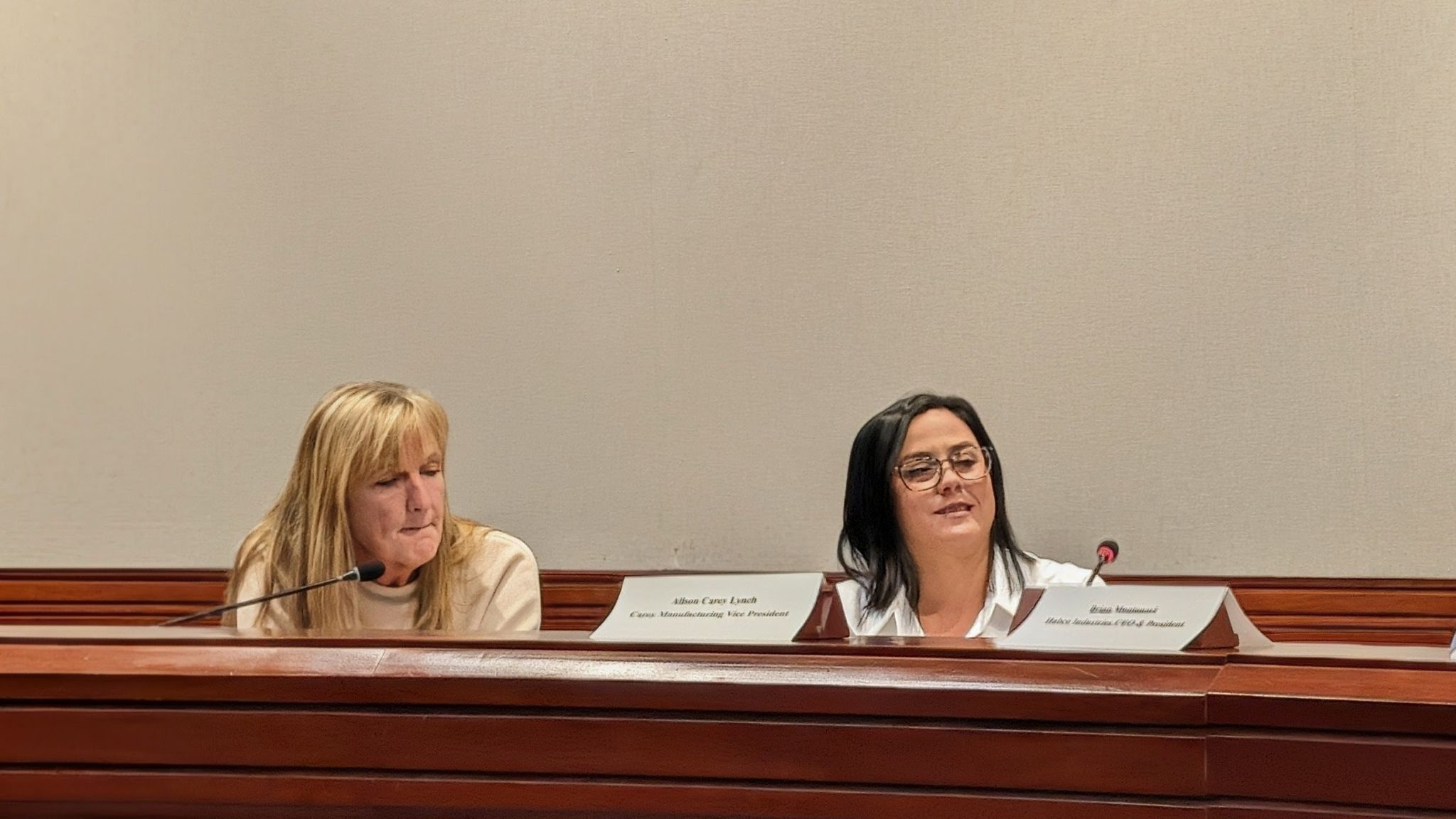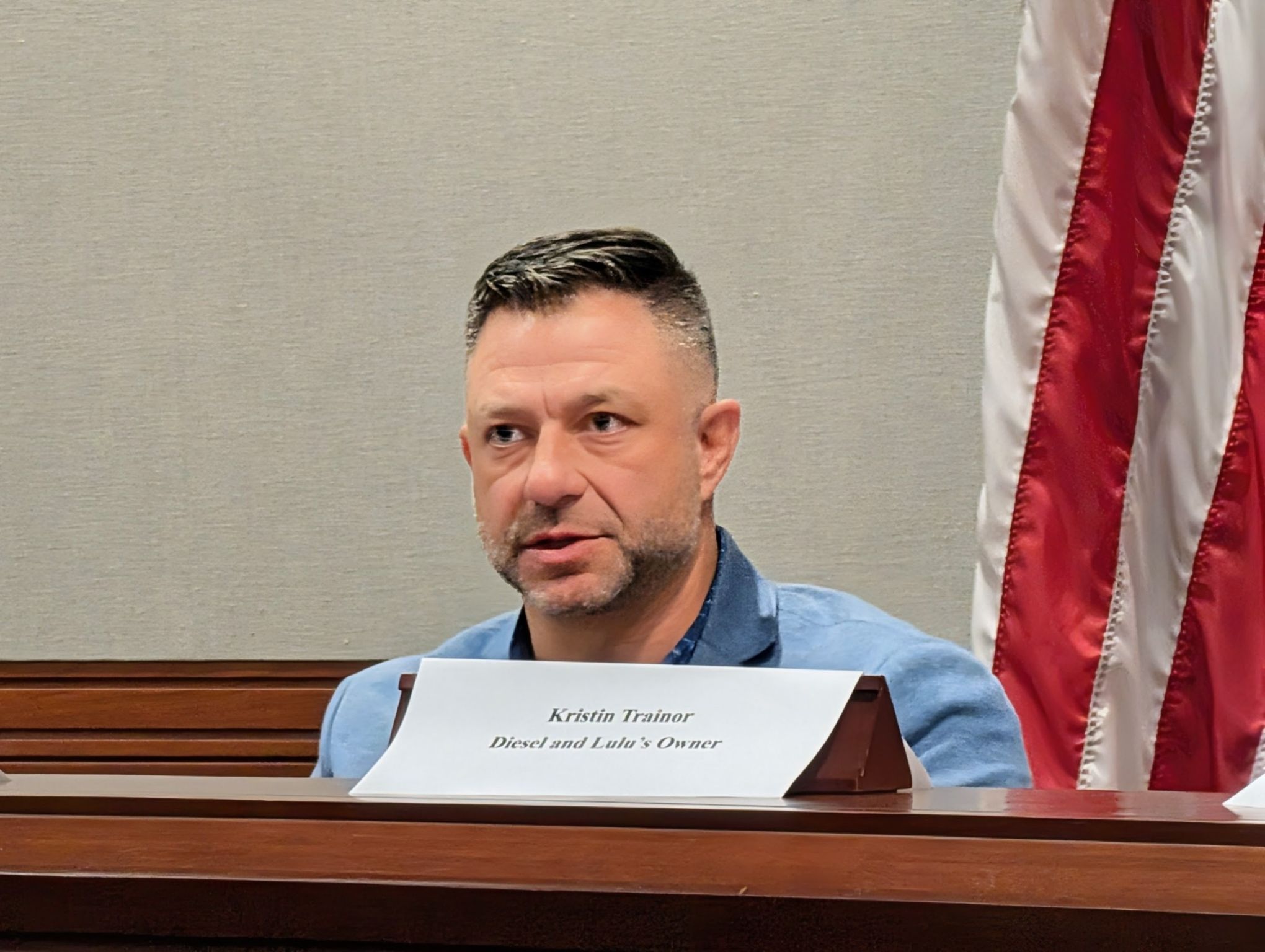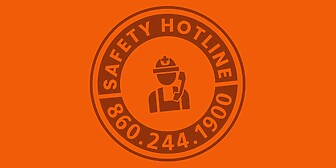Tariffs Compound State’s Business Climate Challenges

More than six months after the Trump administration’s so-called Liberation Day ushered in a wave of new tariffs on U.S. imports, Connecticut businesses are still grappling with the impact.
That was the central theme of an Oct. 17 roundtable discussion at the state Capitol hosted by Lt. Gov. Susan Bysiewicz, aimed at understanding how these policies are affecting Connecticut.
While the roundtable acknowledged the policy goals behind the new tariffs—such as encouraging domestic production and minimizing consumer cost impacts—participants offered a measured view of the practical challenges businesses face in implementing them.
For many, the timing of the tariffs compounded existing pressures.
CBIA members and CBIA Foundation for Economic Growth & Opportunity director Dustin Nord shared their perspectives, highlighting that while tariffs impose real costs, it’s the uncertainty they create—especially in an already strained business climate—that poses the greatest challenge.
Business Realities vs. Policy Intentions
The end of the de minimis exemption coincided with seasonal slowdowns in retail and tourism, creating what one participant described as a “perfect storm” of reduced consumer spending and rising costs.
Reshoring, a central aim of the tariff policy, was discussed with cautious realism.
While bringing production back to the U.S. is certainly possible, it is not without its risks and challenges.

“We invested an entire year’s revenue … to bring back 50% of our product line,” said Carey Manufacturing’s Alison Carey Lynch.
“It was terrifying … but it was absolutely worth it in the end. But I think people really underestimate the cost and the time and the commitment it takes to reshore.”
As for the direct costs, even small increases in freight or shipping costs in industries with thin margins can cause headaches.
These cost pressures are particularly acute for manufacturers with firm fixed-price contracts, who are unable to adjust pricing mid-cycle and must absorb the increases internally.
Retail Impact
For small retailers, changes like the end of the de minimus exemption have created huge cost pressures.
“On a $1,000 order, we’re paying $680 to get it delivered to our doorstep,” said Kristen Trainor from Diesel & Lulu’s in Avon.
“Our wholesale cost was only a few dollars less than our retail cost.”
Diesel & Lulu’s Kristen Trainor
“Our wholesale cost was only a few dollars less than what our retail cost was, which obviously isn’t sustainable.”
The result, ultimately, is that costs are being passed along to consumers through higher prices, despite the best efforts of businesses to keep costs low.
Research from the Yale Budget Lab shows that durable goods costs were 2.3% higher than pre-tariff trends in June.
Pricing: Tough Decisions
Even when suppliers are holding on prices, it doesn’t mean decisions are easy.
“Do we want to cut our margin to make sure that we get the product out to our customer on time and make sure that the mission for the warfighter is moving forward?” asked HABCO Industries’ Brian Montanari.

“Or do we want to push back? [Most] of the time, I’m going to side with my customer making sure they have what they need.”
This highlights how it is American businesses and consumers bearing the brunt of these costs, rather than exporters, as intended.
Research and stories from multiple sources have further established that producers are facing difficult choices when it comes to passing along costs to consumers, echoing the sentiments heard at the roundtable.
Research Signals Price Hikes
Between December 2024 and August 2025, the Boston Fed analyzed survey responses from small and medium-sized businesses regarding their opinions on how tariffs would impact enterprises.
The ultimate goal was to estimate those businesses’ pass-through rate, or the extent to which they are passing costs on to customers.
That research also suggests that the costs of tariffs have not clearly fallen on foreign producers.
The survey found that these businesses significantly raised their expectations of future tariffs, and businesses who expect the tariffs to stick have raised prices faster than peers—as much as three times faster.
The Yale Budget Lab analysis, in addition to finding increased goods costs, also found that imports surged after tariff announcements, reflecting the desire for importers to get ahead of new tariffs and build inventory.
That research also suggests that the costs of tariffs have not clearly fallen on foreign producers, and those increased costs are primarily being borne by domestic consumers.
Path Ahead
Despite the clear challenges presented by tariffs, and the desire for solutions from state government, the obvious issue remains that Connecticut does not control tariff rates or set trade policy.
However, that is not to say that there are no opportunities for Connecticut to soften the blow of tariffs going forward.
Business climate was identified as the number one challenge facing businesses in the CBIA Foundation’s Opportunity Connecticut report, and comments from attendees at the roundtable echoed those sentiments.
“For me, I just look at it as just another nick in a death by a thousand paper cuts for small businesses, especially in this state,” Montanari said about tariffs.
“I just look at it as just another nick in a death by a thousand paper cuts for small businesses.”
HABCO’s Brian Montanari
“I don’t look at it in particular as this one thing, it’s how do we become more competitive to manage all of the things because there’s going to be something else that comes after [tariffs].”
“These are not high-margin businesses, so any ways that we can reduce their costs in other areas while we navigate that uncertainty is probably the best thing that the state has control over,” added Nord.
“Whether that’s lowering energy prices, creating better capital programs to allow them to invest in automation, or workforce development programs that might reduce their costs.”
Ultimately, while tariffs represent a challenge to the Connecticut economy outside of our control, we aren’t without a chance in the fight.
Continuing to find ways to improve affordability is key to driving through uncertain times, and the roundtable only reinforced that.
About the author: Dustin Nord is director of the CBIA Foundation for Economic Growth & Opportunity.
RELATED
EXPLORE BY CATEGORY
Stay Connected with CBIA News Digests
The latest news and information delivered directly to your inbox.



